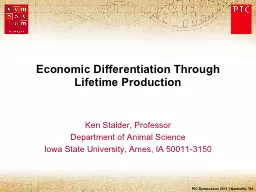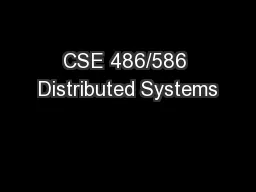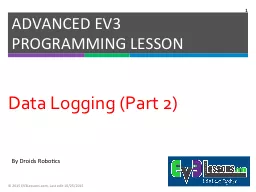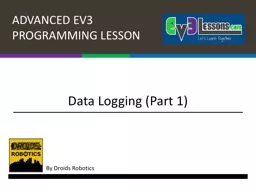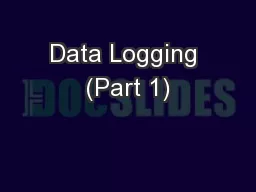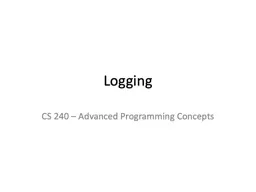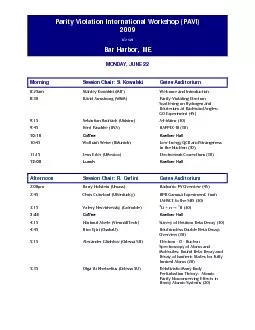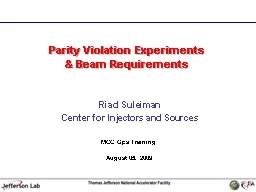PPT-Parity Logging with Reserved Space:
Author : lindy-dunigan | Published Date : 2017-08-29
Towards Efficient Updates and Recovery in Erasurecoded Clustered Storage Jeremy C W Chan Qian Ding Patrick P C Lee Helen H W Chan The Chinese University of
Presentation Embed Code
Download Presentation
Download Presentation The PPT/PDF document "Parity Logging with Reserved Space:" is the property of its rightful owner. Permission is granted to download and print the materials on this website for personal, non-commercial use only, and to display it on your personal computer provided you do not modify the materials and that you retain all copyright notices contained in the materials. By downloading content from our website, you accept the terms of this agreement.
Parity Logging with Reserved Space:: Transcript
Download Rules Of Document
"Parity Logging with Reserved Space:"The content belongs to its owner. You may download and print it for personal use, without modification, and keep all copyright notices. By downloading, you agree to these terms.
Related Documents


